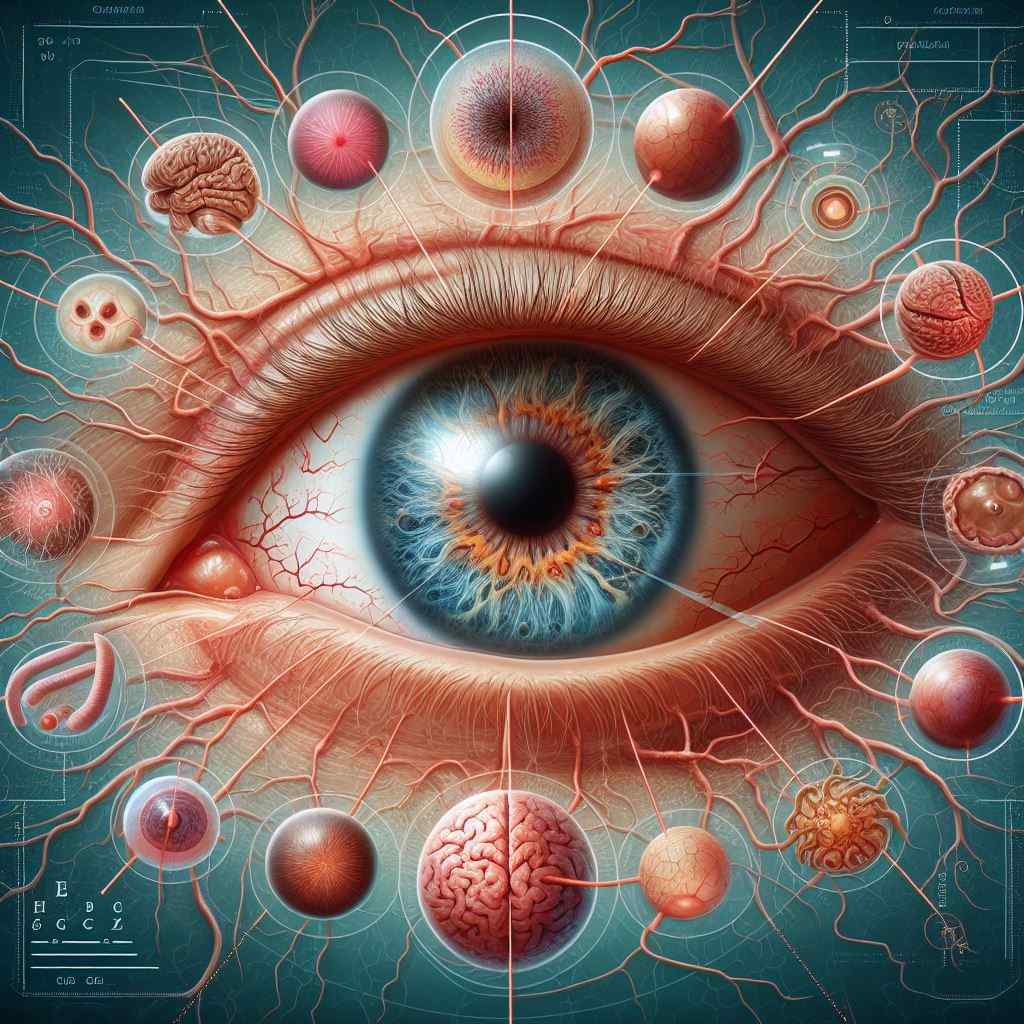
Unraveling Fourth Nerve Disorders: Insights into Anatomy, Pathophysiology, Clinical Manifestations, Diagnosis, Management, and Recent Advances
Abstract: Fourth nerve disorders encompass a spectrum of conditions affecting the trochlear nerve, leading to various ophthalmic manifestations such as vertical diplopia and head tilting. This article provides a comprehensive review of fourth nerve disorders, exploring their anatomical considerations, pathophysiological mechanisms, clinical presentations, diagnostic approaches, management strategies, and recent innovations. By delving into the intricacies of fourth nerve disorders, ophthalmologists can enhance their diagnostic skills and optimize treatment outcomes for affected patients.
Introduction: Fourth nerve disorders pose diagnostic challenges due to their diverse etiologies and overlapping clinical features. Understanding the underlying anatomy and pathophysiology is essential for accurate diagnosis and effective management.
Anatomy: The trochlear nerve, or fourth cranial nerve, originates from the dorsal midbrain and innervates the superior oblique muscle, which controls vertical eye movements. Its long intracranial course makes it susceptible to various pathologies.
Pathophysiology: Fourth nerve disorders may result from congenital anomalies, traumatic injury, vascular insults, neoplastic compression, or idiopathic causes. Dysfunction of the trochlear nucleus, nerve, or muscle can lead to vertical diplopia and other associated symptoms.
Clinical Manifestations: Patients with fourth nerve disorders typically present with vertical diplopia that worsens on contralateral gaze and head tilting toward the affected side. Additional symptoms may include difficulty reading, asthenopia, and compensatory head posture.
Diagnostic Modalities: Diagnosis of fourth nerve disorders relies on detailed ophthalmic examination, including assessment of ocular motility, prism testing, and neuroimaging studies such as magnetic resonance imaging (MRI) or computed tomography (CT) scan to identify underlying pathology.
Management Strategies: Management of fourth nerve disorders aims to alleviate symptoms and improve binocular function. Treatment modalities may include prism glasses for symptomatic relief, ocular exercises to improve binocular vision, and surgical interventions for select cases resistant to conservative measures.
Recent Advances: Recent innovations in the field of fourth nerve disorders include high-resolution neuroimaging techniques for better localization of nerve lesions, advanced surgical approaches for targeted nerve decompression, and novel pharmacological agents targeting specific pathophysiological mechanisms.
Conclusion: Fourth nerve disorders present a complex clinical scenario requiring a thorough understanding of anatomy, pathophysiology, and diagnostic modalities. By staying informed about the latest research and innovations, ophthalmologists can effectively diagnose and manage fourth nerve disorders, ultimately improving patient outcomes.
For further reading and reference:
- American Academy of Ophthalmology – Fourth Nerve Palsy: https://www.aao.org/eye-health/diseases/fourth-nerve-palsy
- Neuro-Ophthalmology Virtual Education Library (NOVEL) – Trochlear Nerve Disorders: https://novel.utah.edu/collections/ophthalmology/trochlear-nerve-disorders/
- Journal of Neuro-Ophthalmology – Recent Advances in Fourth Nerve Disorder Research: https://journals.lww.com/jneuro-ophthalmology/pages/default.aspx


